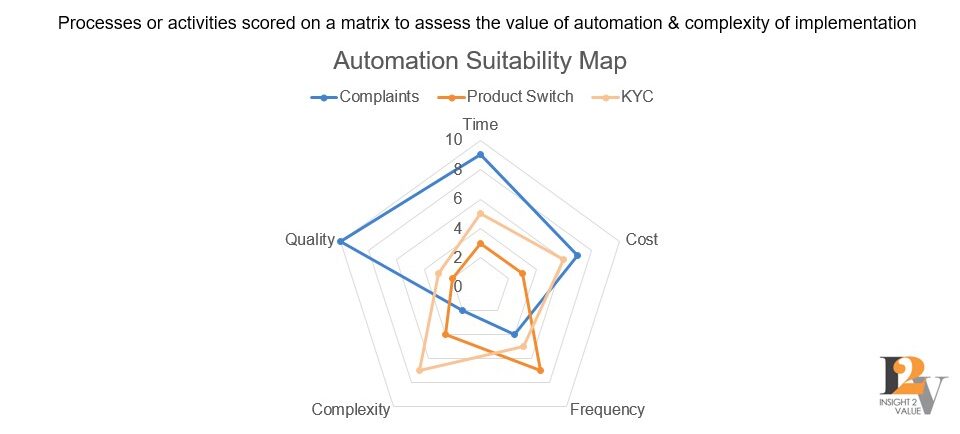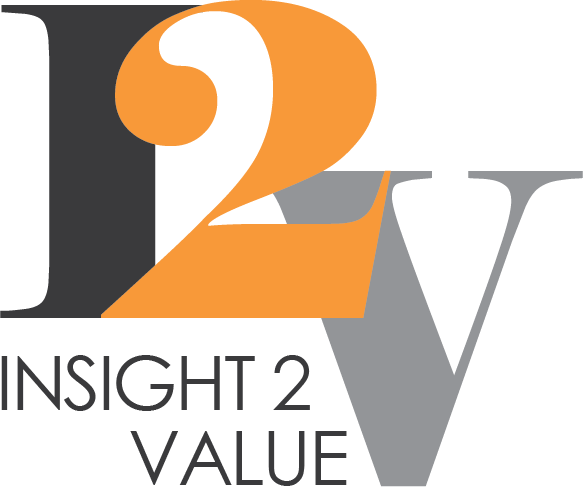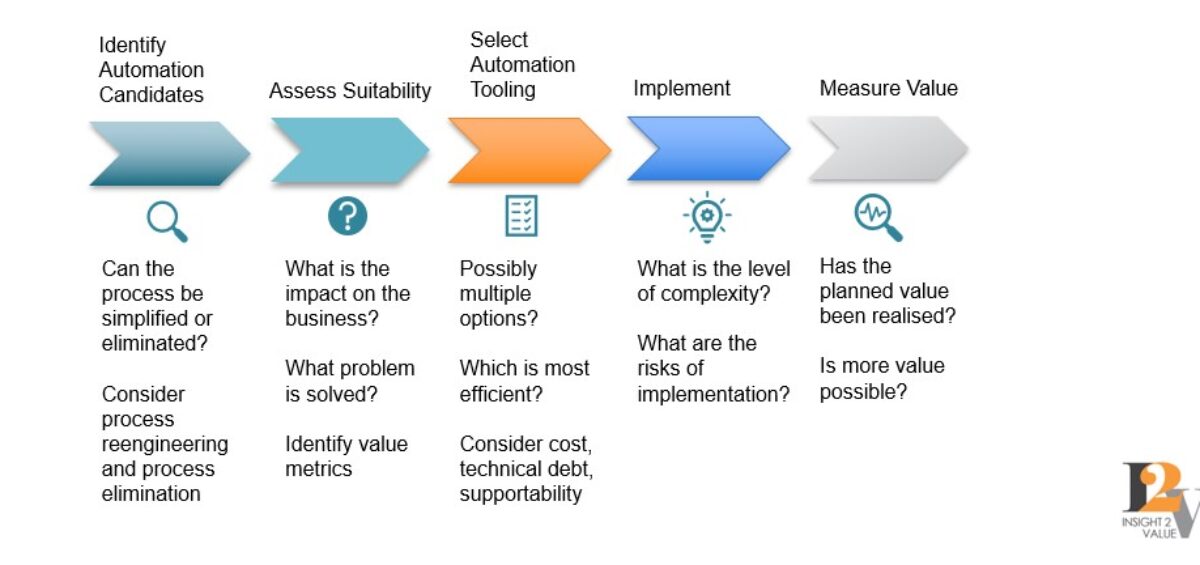3 Steps to Intelligent Automation: Part 1 An Automation Framework
Here at Insight 2 Value, we’ve been doing Workflow and Case Management for years. We asked our Chief Operating Officer, Steve Hannigan, to explain how Insight 2 Value is responding to this new trend of Intelligent Automation.
We are seeing a shift in how organisations are thinking about automation.
Insight 2 Value are solution providers. Typically, a customer will come to us with a problem, e.g., they need a process to be faster, more consistent, more accurate, or there’s a compliance issue that needs to be solved. That still happens and is a very valid use of automation tooling. We are now also starting to have customers looking to work with us to use automation principles and tooling to drive operational improvements.
So, the automation toolkit becomes something that functions in the business use to drive operational excellence and push continuous improvement throughout the business. By taking that approach, you can go looking for improvements to make rather than a reactive approach to solving problems. It becomes about looking for opportunities to make processes more efficient, more accurate and more consistent. Doing that requires a platform which allows you to rapidly build low-code workflow solutions and build that out, using intelligence, to drive value out of those processes. It also requires a framework within which the organisation can identify automation candidates and measure the resultant impact on the business.
What is Insight 2 Value’s Automation Framework?
We have developed a framework within which we work with customers to answer those questions of not just HOW we automate but also WHAT we automate and, most importantly, WHY and the IMPACT on the business of delivering any automation solutions.
We’re called Insight 2 Value. We like to think that we bring insight, but we absolutely insist that we bring value.
We have really addressed that front and centre. What will be the impact on the business of automating those processes? How much will we save? How much more accurate can we be? How much can we improve our customer’s experience?
The concept of the framework is initially to bring stakeholders together to ask the following questions:
- What keeps you awake at night?
- The complexity of time/effort handoff?
- What jobs do you hate doing? What is tedious or monotonous?
- Which processes are SLA-driven and auditable with metrics?
- What is your competitive landscape?
- What is your IT landscape?
We aim to bring stakeholders from both the business and IT together to agree on the strategic priorities for the business and then put together a programme of work.
It helps to work with a partner who can navigate through this new paradigm. In addition, a partner who can understand how existing technology investments can be utilised and leveraged. We also consider how new technology might be needed to push forward and advance to the next level.
The purpose of the framework is to put some structure around that; to agree on an approach to identifying processes and tasks which are appropriate for automation, and then having a way to assess their impact in terms of cost savings and improvements. We also have to balance that with a realistic assessment of the costs and risks of implementation.
This is an example of a typical output from that process.

Here we have completed the scoring matrix for three processes – Complaints Management, a Product Switch and Know Your Customer (KYC).
The metrics and dimensions that we use to evaluate the processes stay the same. It’s about the time taken, costs to process, frequency, complexity (of the process and the technical complexity to implement) and quality. Those metrics stay roughly the same. What changes are the priorities put on them by the organisation based on their business strategy and what matters to them – where they are looking to drive improvements?
We’ve gone through what to automate and why. Can you explain a little bit more about what these new capabilities are and the technology toolsets?
The core of what we do here at Insight 2 Value has always been about implementing external-facing workflow solutions that improve an organisation’s customer journey. Typically, that would be a workflow solution that combines process management, content management and automated decisions. What we are doing now is adding intelligence to that by introducing machine-learning models and AI, such as natural language understanding, to take out more of the repetitive manual elements of those processes both for the customer and for the organisation’s own people. We’re really starting to drive good technical solutions which are also manageable and sustainable for the customer.
One of the critical parts of doing that is to implement the initial workflow solution – the core of that application – in a low-code platform, which allows that to be done rapidly. Then, we allow the time and the budget that would have been spent building a code-heavy solution into looking at and adding those intelligent aspects on top. This adds a paradigm shift to the kind of solutions that we are able to implement.
Can you talk a bit more about actionable insights?
So, regardless of the mix of capabilities we use to implement the functionality of a solution, underpinning any solution is the collection of data that will allow us to understand more about that process. It will show how well it’s working and where else we might be able to look for opportunities to improve it. But the data also allows the business to understand how they are performing and can improve the experience of their customers again.
A key part of the framework is the idea of measuring value. We look to use real data. Post-implementation, we return to that assessment framework and do an honest assessment of what value is being gained and what the impact has been on the business, which ultimately becomes a feedback loop. We always look for opportunities to improve further. Very few process automations are ever truly ‘complete’. There’s always something more you can do to keep asking that question of how much better we can make this. How much cost can we take out? How much quicker can we do it? How much more accurate can we make it? That’s something we are constantly striving to do.
Insight 2 Value have always been known for doing things on a fixed price basis. We fix the scope; we fix the price. Does that change with the world of low-code and AI?
Absolutely not, no. In fact, this new approach lends itself to it. The AI and machine learning aspects all become part of the solution. What we do with the framework is essentially create a backlog of discreet, implementable solutions that can be done on a fixed-price basis as packages of work. It’s a way of removing risk for both parties. We seek to find incremental value. We don’t try to do it all at once but break it down into manageable implementation packages. Each one delivers some value, moving the business on a little before seeing the next opportunity.
Find out more
Arrange a meeting with us to talk about one or more of your workflow challenges, and let’s get started.



